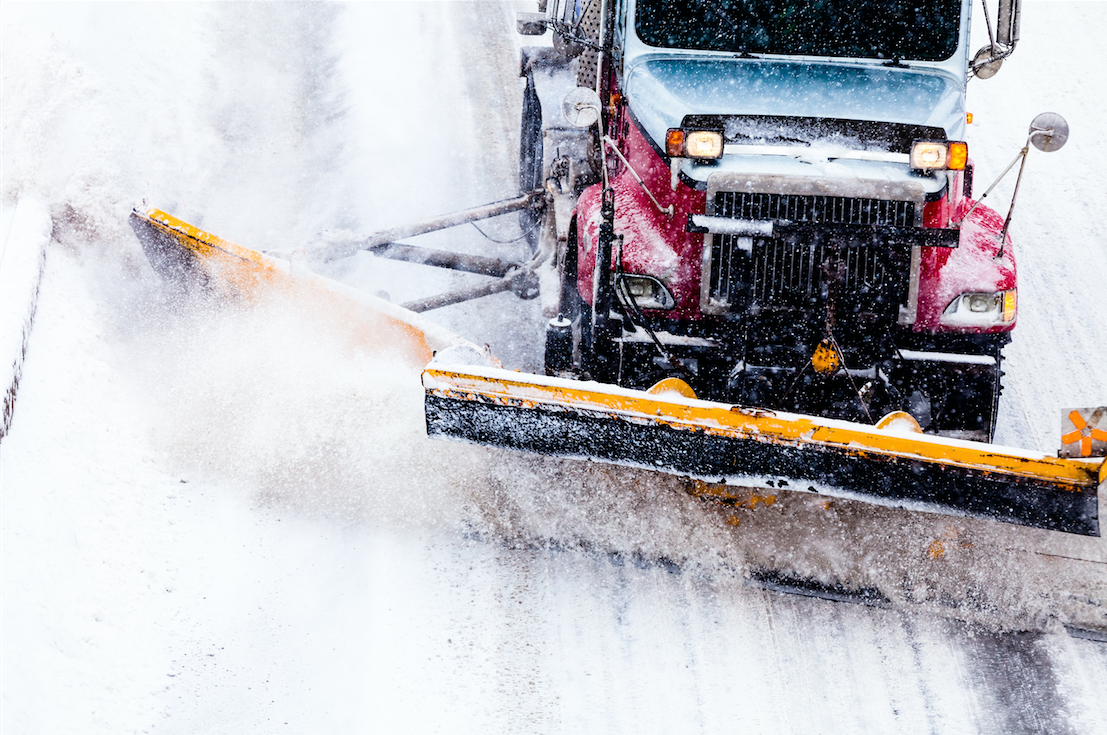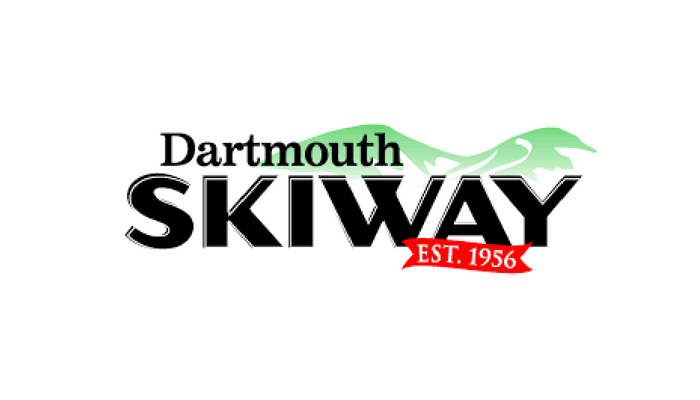
In this interview with Matt Peterson, President of Mills Insurance Group and Snow Removal Insurance Brokerage, we’ll discuss risk management and insurance for the snow and ice management industry.
 HeatTrak: Welcome, Matt! We’re so thrilled to have you on the blog today. You have such a unique perspective to share since you come to snow and ice management from an insurance and risk-management perspective.
HeatTrak: Welcome, Matt! We’re so thrilled to have you on the blog today. You have such a unique perspective to share since you come to snow and ice management from an insurance and risk-management perspective.
Matt: Thank you for having me on the HeatTrak Blog. I love seeing technical solutions to ice-age problems. From my standpoint, HeatTrak started to gain some traction—no pun intended—with the company's effort to lay the groundwork for the snow and ice management industry from the surface angle.
We're typically dealing with snow and ice management that treats the problem with chemicals or salt and brine and other deicing materials, or physically removes it from the area with a mechanical plow or shovel. I love the idea of new and different ways to make these facilities, these properties, safer for the people who walk there.
I applaud the fact that HeatTrak is really trying to spread awareness about its product but also about other ideas outside the traditional shovel and deicer.
HT: Thanks for that! Share with us briefly your connection to the snow and ice management industry.
Matt: My connection is from the risk-management and insurance side. I'm the president of two companies that serve the industry. I own a retail insurance agency called Mills Insurance Group, which is endorsed by the ASCA, the Accredited Snow Contractors Association. I had the honor of serving on the ASCA standards committee and board, where I currently sit. I run both. In terms of the standards, I was one of maybe seven individuals who came together on behalf of the industry and back in 2011. We tried to start putting some formal written standards down and really define how the rest of the world looks at the snow and ice management industry and what are good practices versus best practices.
My insurance world and my industry and peers needed to have a greater understanding of this niche. These snow industries started evolving quite a bit, as did the snow- and ice-only companies (as opposed to a landscaper and a snow contractor). The industry really started to evolve and the insurance did not catch up fast enough. I started a company called Snow Removal Insurance Brokerage, and we work with insurance agents for general liability, offering them a program where they set general liability insurance for their client. We're basically educating them at the same time and trying to get them up to speed on what these standards are and the latest and greatest ways that they can help their clients.
I participated in Through the Looking Glass with John Allin of The Snowfighters Institute. They hosted a retreat last year where they brought together certain individuals to try to forecast the future of this industry. It was an honor to go and sit with some of these guys and understand where the snow and ice management industry is going.
One of the things that came up, and is in John Allin’s recently published book, is the advancement to heating the surface and to the way that this surface is going to be constructed with the latest technologies, and maybe to cut down on the chance for ice to accumulate on surfaces. That was a point that I brought up and then a few months later, I think I first heard of HeatTrak. It was very timely in my world, and that made me pay attention to your company specifically. I thought it was great.
I do have a special focus on snow. Insurance for the snow and ice management industry has become a hot topic in the last few years, driven by the cost of general liability for the industry. The premiums have skyrocketed in response to the skyrocketing cost of claims for slips and falls. The insurance world has responded by trying to cover their cost in general liability specifically, the line of coverage that these guys have to buy.
It really put a spotlight on it and within the industry people were saying, "Why are these costs out of control? What's happening? What can we do to professionalize?" The insurance world didn't quite believe in this type of contractor. It was really up to this industry to be able to look in the mirror and figure it out and come up with their own standards and ways to improve their risk. That was one of the many things that happened over the last five or six years. The industry got very professional. You've seen and probably heard about many of the associations, like the ASCA or SIMA, working together to help out with the laws being changed or improving education delivered to these guys. I think that those were some of the results that came out of all those efforts early on in 2009, 2010, and 2011.
HT: When hiring a contractor, what kind of insurance should you confirm they have?
Matt: There are some real must-haves. One is general liability, which covers claims from bodily injury or property damage, like if you slip and fall or if a service provider that they hire hits another car or a pole or does something that will create an unsafe environment through negligence.
Within that general liability, the facility property, property manager, or property ownership verify that that contractor has contractual liability with proper limits, including additional coverage that would allow a claim to be paid if the contractor doesn't do what they have agreed to for the negligent acts. Proper commercial auto coverage with healthy limits is a separate policy. These are verifications that they should do, and they should also verify that the snow contractor has worker’s comp to cover injuries to their workers. They can do that with a certificate of insurance, or they can dig a little deeper to see what these endorsements are and really undertake some due diligence into what is covered in that policy.
With any industry that goes through so many changes, it's really important to trust but also to verify that they are agreeing to things and then the contractor can deliver that through financial means, whether by themselves or the insurance that they are stating they have.
HT: What kind of record keeping should a facility maintain throughout the winter?
Matt: It should be in line with some of the standards and best practices that the snow removal industry has developed. They should document what services are requested and authorized. If a facility or a property manager authorizes them or requests services, then that should be documented on their end. They should document by time stamp photo the conditions, the weather records, all these things that are best practices for snow and ice management companies to maintain and follow. The facility manager or property manager should be aware and follow them as well, because if it's not the fault of the snow contractor, it's going to fall somewhere else.
Ultimately, the property manager or owner is going to be responsible, so they might as well understand what type of documentation is relevant and how to protect themselves as well. They should document communication with the tenants on the danger of snow and ice on the premises, document the request and vehicles, document attempts to protect the snow and ice management contractor. Many times, from my insurance perspective, I see claims from tenants or a tenant's guests who are suing both the property owner and the snow contractor.
This could include a worker of a commercial tenant suing for an injury that occurred while they were at work. Many of these claims come from the worker's comp insurance carrier and are originated by the tenant's employees, which is a whole angle that not many people focus on.
The world right now focuses on fraudulent slip-and-fall lawsuits, where somebody comes on a property and they're a professional slip and faller. I see a lot of this and we're very involved with it, and many of our battles are defending the snow and ice management contractor or the property owner against the tenant's employees when a worker's comp case is filed, and then the carrier comes to subrogate against either the property or the contractor that they hired.
I'm seeing improvements. It used to be one versus the other, but now I'm seeing a lot more cooperation. The property owner or facility manager and the snow contractor are working harder together. When you look into it you're going to see patterns, and one of those is the worker's comp carrier of the tenant's employee, and there are ways to manage that from the facility manager's perspective.
HT: I do think that the facility manager or the property manager and the contractors are on the same team and that we need to encourage that because as you're saying, a lot of risks come from other areas, and they'll be stronger together. I hope that this kind of interview can really help to say, "We're on the same team. Let's make sure we, as individuals, are all protected, but that together we are protected as well." As you said, people just go after whoever will take the fall for that. Let's make sure that property managers and contractors are educated and have this information at their fingertips, along with the support of the industry and people like you to encourage them to do this.
Matt: In my opinion, the property owner should view the service provider or snow contractor as part of their team, vetting them to make sure they have good documentation and follow industry standards to assist the property owner and provide documentation at the time of the slip-and-fall accident. If you hire a good snow contractor and they're abiding by industry standards or they're ISO certified—you started hearing about ISO for snow contractors, which is a verification, the third party verifying that these guys have the documentation—well, that's a tool for the property owner to use, not to challenge or oppose. Obviously, as long as they are on the same team, those types of things are invaluable for the defense of the facility management. They're the ones saying, "We're bringing a good contractor on. How can they prove it at the time of the lawsuit three years down the road?" Well, they're ISO certified. They're proving it every year. We've been able to undertake our own due diligence to see that they're following industry standards and their record keeping is strong.
I think it's a real team attitude and there are ways out there for those guys to provide a very safe environment and to prove it.
HT: What is the snow removal liability risk for property owners and their snow plow contractors, and what is the best way to manage it?
Matt: I think the answer is obviously that the risk is in not understanding what's available to them, whether it's technology with your product or best practices that a lot of the qualified contractors are following nowadays. The risk for them is not being aware or not taking advantage of the things in their facility because a lot of people are and they don't want to miss the boat. The best way for them to manage it is together.
More about Matt Peterson
Matt Peterson is the owner of Mills Insurance Group, LLC in Marlton, New Jersey, a full-service insurance agency with a strong focus on the professional snow removal contractor and the risk and insurance issues facing the snow removal industry. In addition, he is the owner of Snow Removal Insurance Brokerage, also located in Marlton, which works with independent insurance agents across the country to help place snow liability insurance for snow and ice management professionals.


